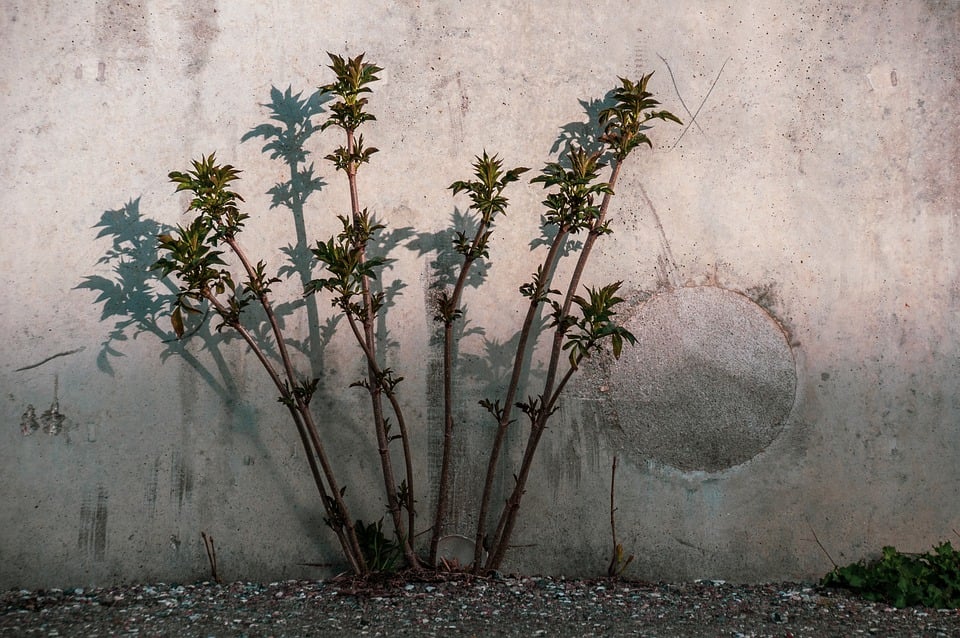Title: In the Shadows of Giants: Chile’s Historic Monuments and Architectural Marvels
Chile, the narrow strip of land stretching along the Andean mountains in South America, is not just home to the towering Andes and dramatic landscapes. It’s also a land steeped in history and culture, teeming with structural masterpieces and architectural marvels that have survived the test of time. From ancient indigenous settlements to Spanish colonial fortresses and modernist influences, Chile boasts a diverse range of historical monuments that allure adventurers and history buffs alike. In this article, we’ll explore the most breathtaking of these monuments, casting a light on their fascinating stories and testament to their resilience through the ages.
Rapa Nui – Stone Statues of Easter Island
Easter Island, also known as Rapa Nui, is situated in the southeastern Pacific Ocean and is famous for its towering stone monoliths known as moai. These massive statues are approximately 9 meters tall and weigh up to 75 tons, carved from volcanic basalt and erected on stone platforms called ahu. Though shrouded in mystery, it is believed that these statues represent the ancestors of the Rapanui people, a Polynesian civilization who immigrated to the island around 300-400 CE. The best-preserved and most iconic monument on Rapa Nui is Ahu Tongariki, a ceremonial platform with 15 moai still standing tall.
Nazca Lines
The Nazca Lines, located in Peru’s Ica Valley, are a collection of geoglyphs etched into the desert floor that span for over 400 kilometers. These distinctive figures depict animals, plants, and shapes that remain a mystery to historians and archaeologists, as they were purposefully hidden from view until the invention of aerial photography. While not located within Chile, the nearby mysterious town of San Pedro de Atacama is a must-visit for those fascinated by this ancient geoglyph phenomenon.
Churches of Chiloé Island
Far from the urban centers of Santiago and Valparaíso, the archipelago of Chiloé in the country’s southernmost region carries the unique cultural influences brought by colonialism and immigration. The Chiloé Archipelago is filled with wooden churches built during the 18th and 19th centuries, some of which are now recognized as UNESCO World Heritage Sites. These blazingly unique structures, such as the Church of Quinchao and the Church of San Francisco in Castro, are testimonies to the survival of traditional techniques and local artistry in the face of mass hurricanes, rapid modernization, and even church-led resistance to outside rule.
Church of La Moneda
Located in the bustling central business district of Santiago, La Moneda Palace is no ordinary church. With its neoclassical architecture, it was designed by French architect Charles Garnier, best known for the opulence of the Paris Opera House. Granted, it started life as the seat of President José Manuel Balmaceda until the Great Chilean Civil War of 1891 when it was converted into the president’s official working office. This building is symbolic of Chile’s rich political history and moments of great conflict.
Cerro San Cristóbal and the Obelisk of Santa Lucía
For a terrific panoramic view of Santiago, head to Cerro San Cristóbal, and its summit holds an incredible basilica perched at the top, dedicated to the patron saint of the city. But wait until you reach the nearby stairway and gravitate towards the Obelisk of Santa Lucia, a solid limestone obelisk that stands 40 meters tall and was erected in the early 20th century in remembrance of the glorious Battle of Maipú.
FAQs:
1. Q: What is the significance of the stone sculptures on Easter Island?
A: The stone sculptures, known as moai, represent the ancestors of the Rapanui people. They were erected between 1250 and 1500 CE and are believed to symbolize the power and influence of the tribal leaders of that time.
2. Q: What are the Nazca Lines, and where can we find them?
A: The Nazca Lines are a collection of large geoglyphs created on a desert plateau in southern Peru. Although not located in Chile, they are nearby and can be reached relatively easily. These geoglyphs depict various animals, plants, and shapes and were created by ancient civilizations between 500 BCE and 500 CE.
3. Q: What are the most impressive wooden churches in Chile, and where are they located?
A: The most impressive wooden churches in Chile can be found on Chiloé Island. Five UNESCO World Heritage Sites are located on the island notably notable. These include the Church of Quinchao and the Church of San Francisco in Castro. The wooden churches are outstanding for their unique architectural design and carvings.
4. Q: What historic significance does the Church of La Moneda hold?
A: Initially designed as the presidential palace, the La Moneda Church played a vital role in the Great Chilean Civil War of 1891. After the conflict, it was converted into the president’s official working office and now serves as the headquarters of the Government Palace in Santiago, Chile.
5. Q: Can I visit both Cerro San Cristóbal and the Obelisk of Santa Lucía in one day?
A: Yes, it’s possible to visit both Cerro San Cristóbal and the Obelisk of Santa Lucía in the same day. They are located just a short distance apart in Santiago, and public transport is available to take you from one site to the other.
In the shadows of giants, rustling through the whispers of history, Chile is a country of breathtaking monuments and architectural marvels that celebrate the rich, complex tapestry that makes up the Chilean identity. A land punctuated by timeless structures and storied landscapes, Chile is a testament to the endurance of history and the tenacity of its people.



